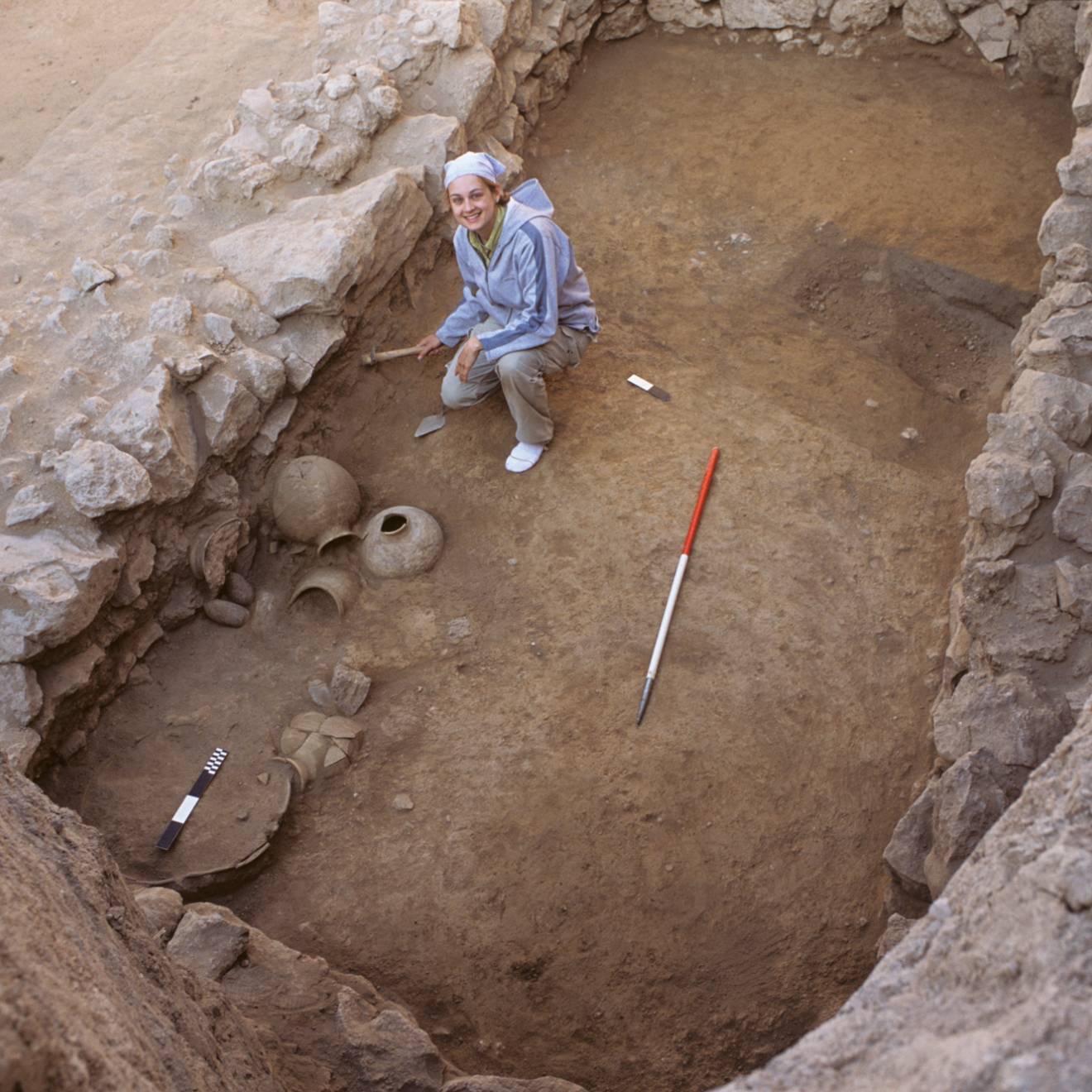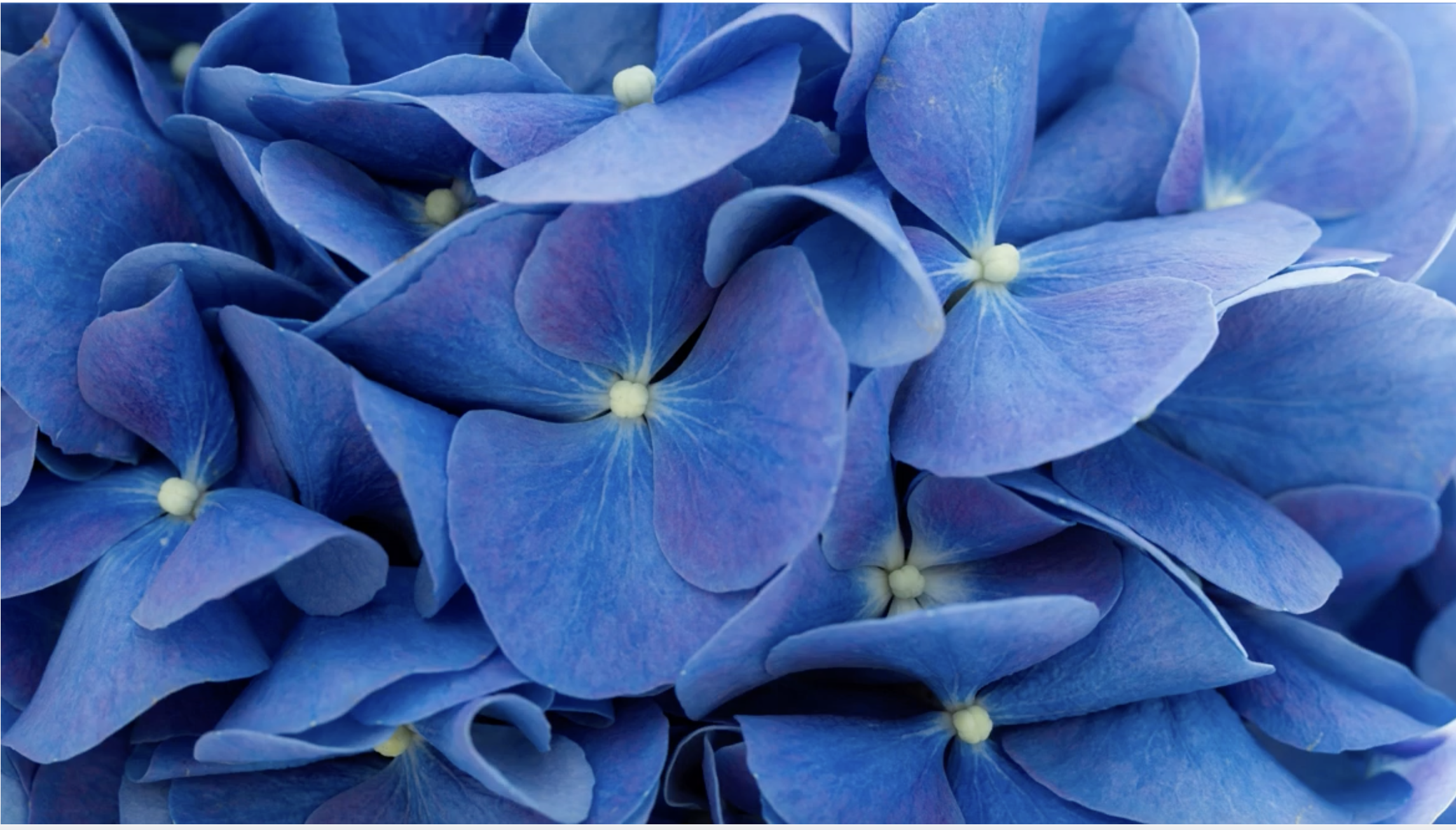Kathleen Wong, UC Natural Reserve System
Imagine yourself walking among a grove of trees at the NRS’s Sagehen Creek Field Station. Out of the corner of your eye, you spot movement reflected back at you. Then realization dawns on you: You’re seeing a reflection of yourself surrounded by nature.

This is the concept behind Invisible Barn, an environmental art project designed to provoke questions about the presence of people in nature.
Developed by New York design firm stpmj, Invisible Barn was selected as a notable entry in the Architectural League of New York and Socrates Sculpture Park 2104 Folly competition. To raise the barn at Sagehen, the designers have launched a $10,000 Kickstarter campaign closing July 26.
The project will consist of wood studs wrapped in reflective Mylar film. Open “windows” will allow people to maneuver in and out of the barn, as well as provide places for people to sit and contemplate the forest, sky, plants, wildlife, and seasonal changes.
Designers Seung Teak Lee and Mi Jung Lim aim to minimize the structure’s impact on wildlife. The footprint of the barn, a compressed parallelogram, reduces the volume of the structure and the building materials required while still providing the illusion of a solid building.
The design also takes into account the risk of bird strikes. Collisions with reflective surfaces are second only to habitat loss as a cause of death among North American migratory birds. The mirrored film to be used on the barn is highly reflective between 200 and 400 nm, the visual range of birds. Unlike standard glass windows, the film will be easy for birds to see and avoid but difficult to perceive by people.
For over 60 years, researchers at Sagehen have been compiling data on the western Sierra Nevada ecosystem. Studies have investigated fisheries, forest management, hydrology, animal-vehicle collisions, endangered species, and climate change. Invisible Barn complements this history in many ways. By blurring the lines between building and nature, the project elicits questions about how people and the environment influence each other. The project will also trigger thoughts about how human structures affect birds and other wildlife, and perhaps encourage visitors to make the windows of their houses and offices more visible and less likely to cause bird collisions. The barn will also serve as a human-scale bridge between art, science, society, and architecture at Sagehen.
Earlier this summer, Sagehen broke ground for another environmental artwork, the Force Majeur installation by Helen and Newton Harrison. This 50-year project highlights climate change in the Sierra Nevada and explores increasing the water carrying capacity of soil through manipulations of native vegetation. The UC Santa Cruz Arboretum will collect and plant seeds on site and maintain the long-term plots. Force Majeur was commissioned by the Nevada Museum of Art’s Center for Art + Environment, which helped bring Invisible Barn to Sagehen.

